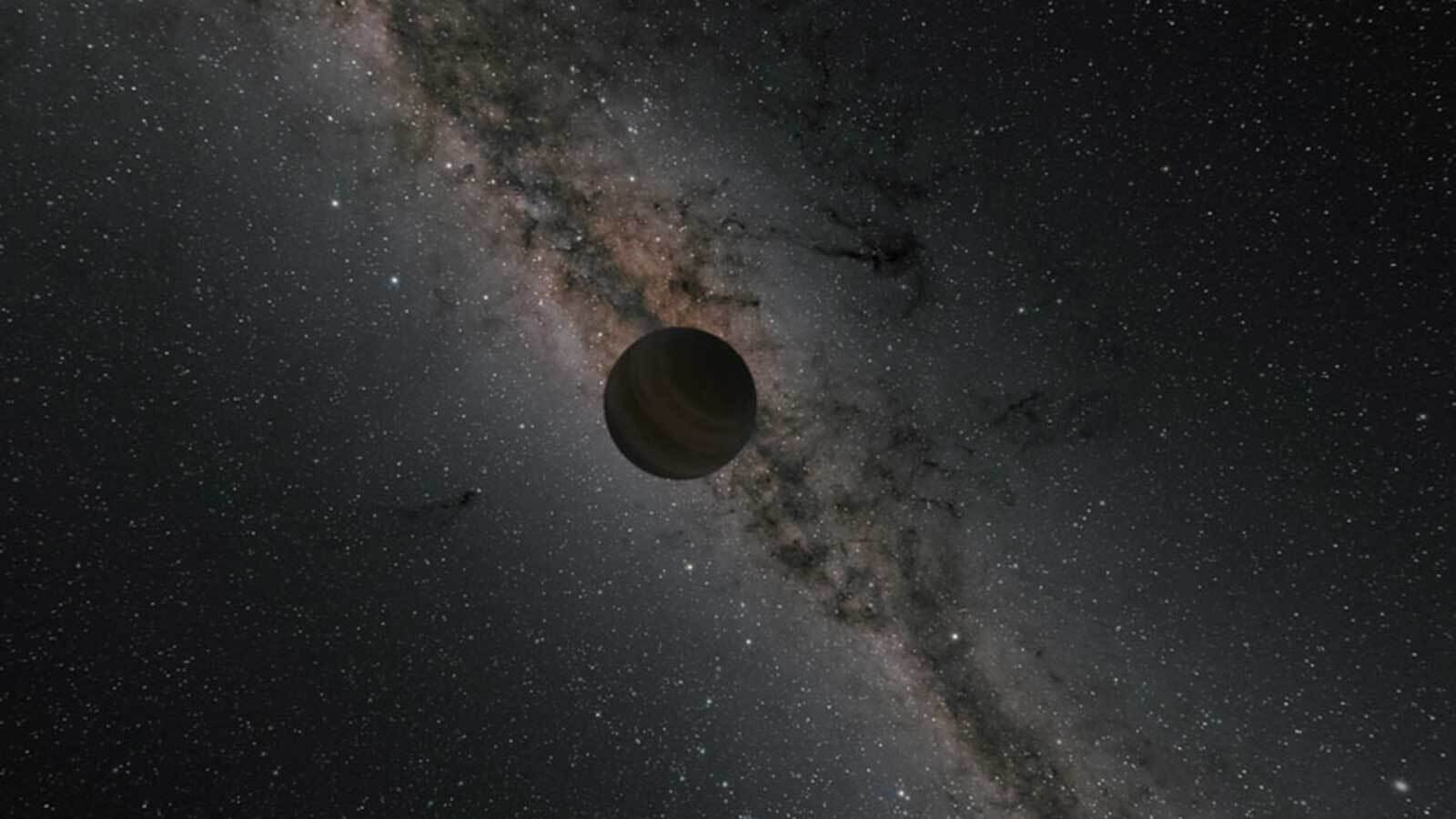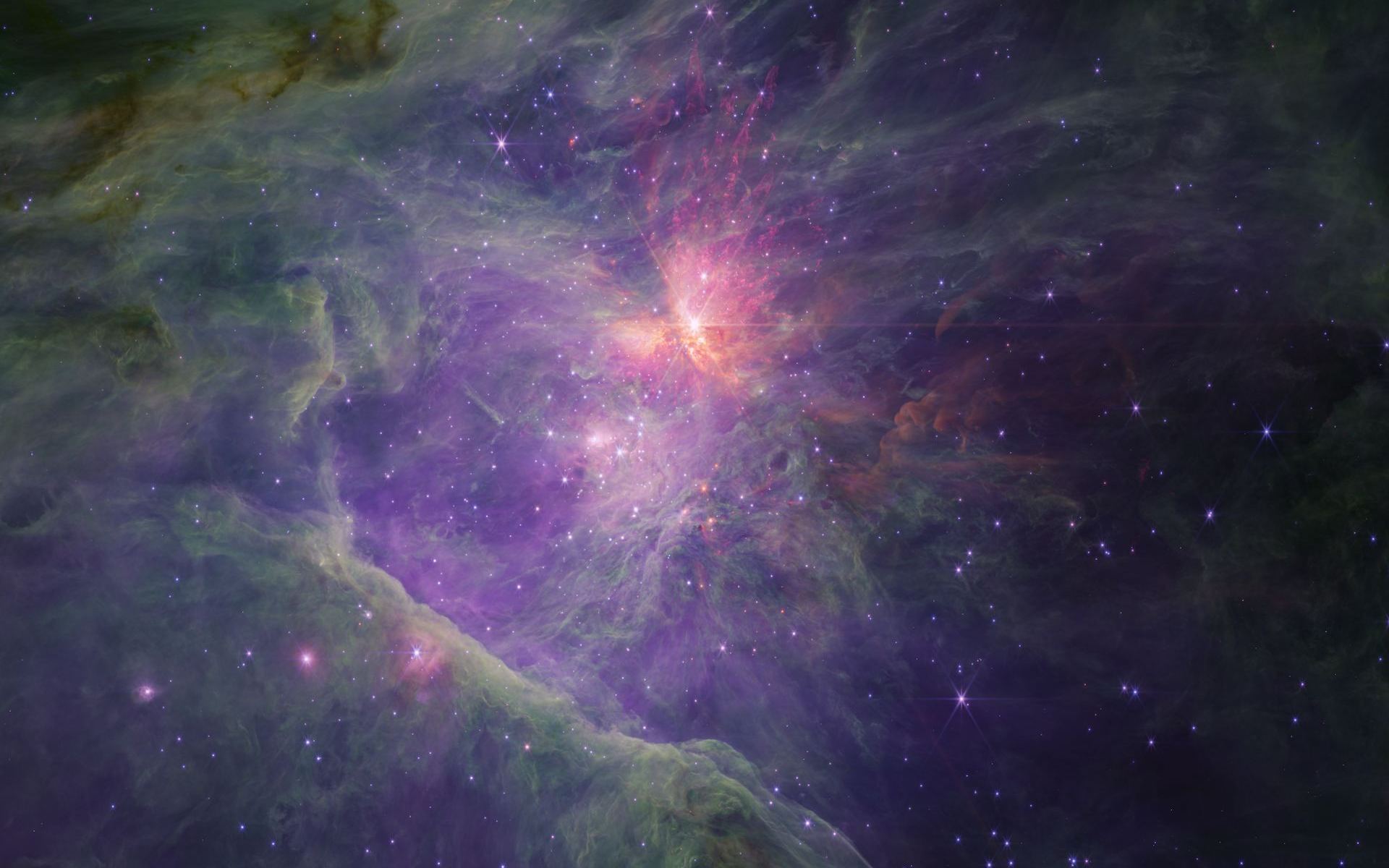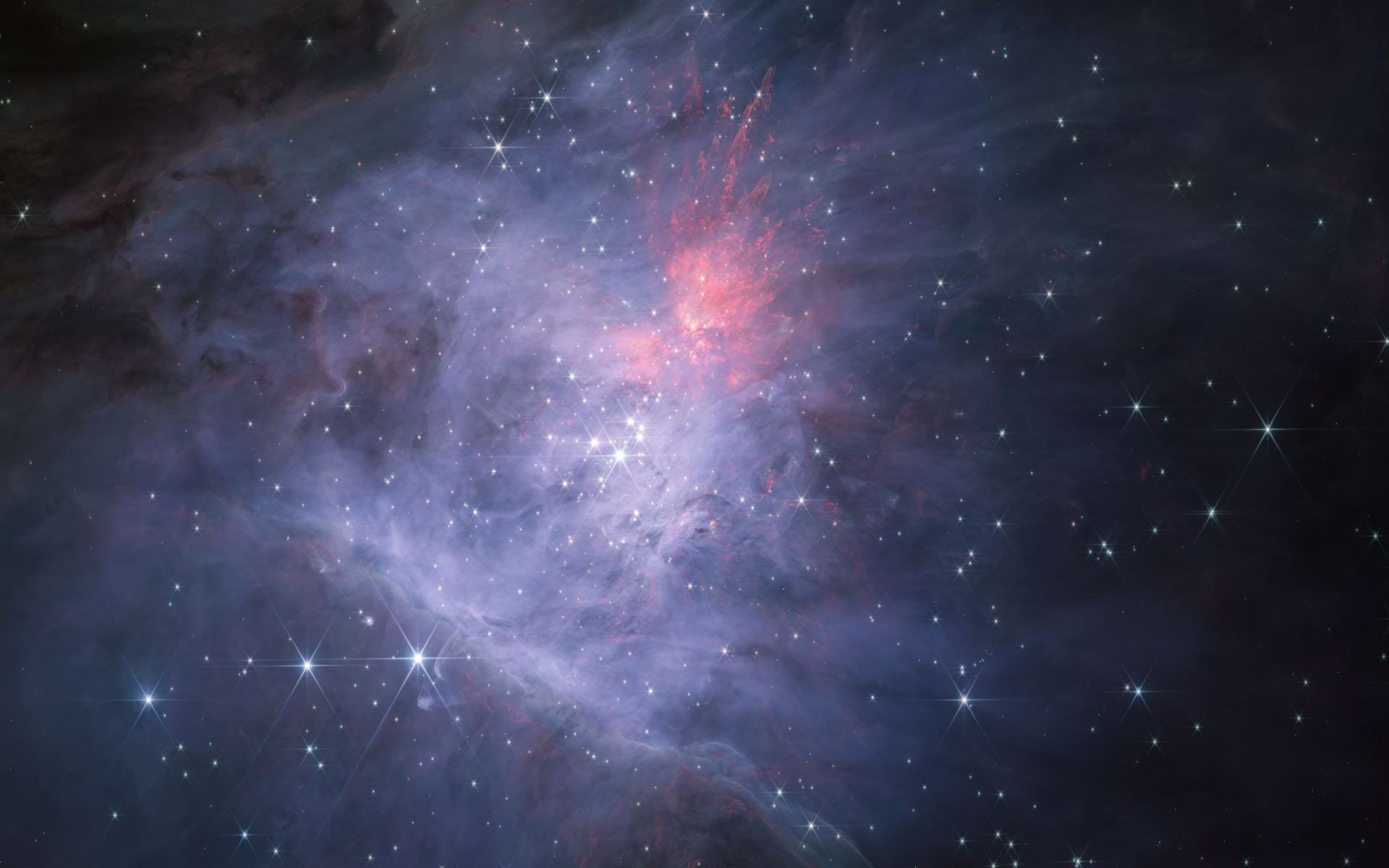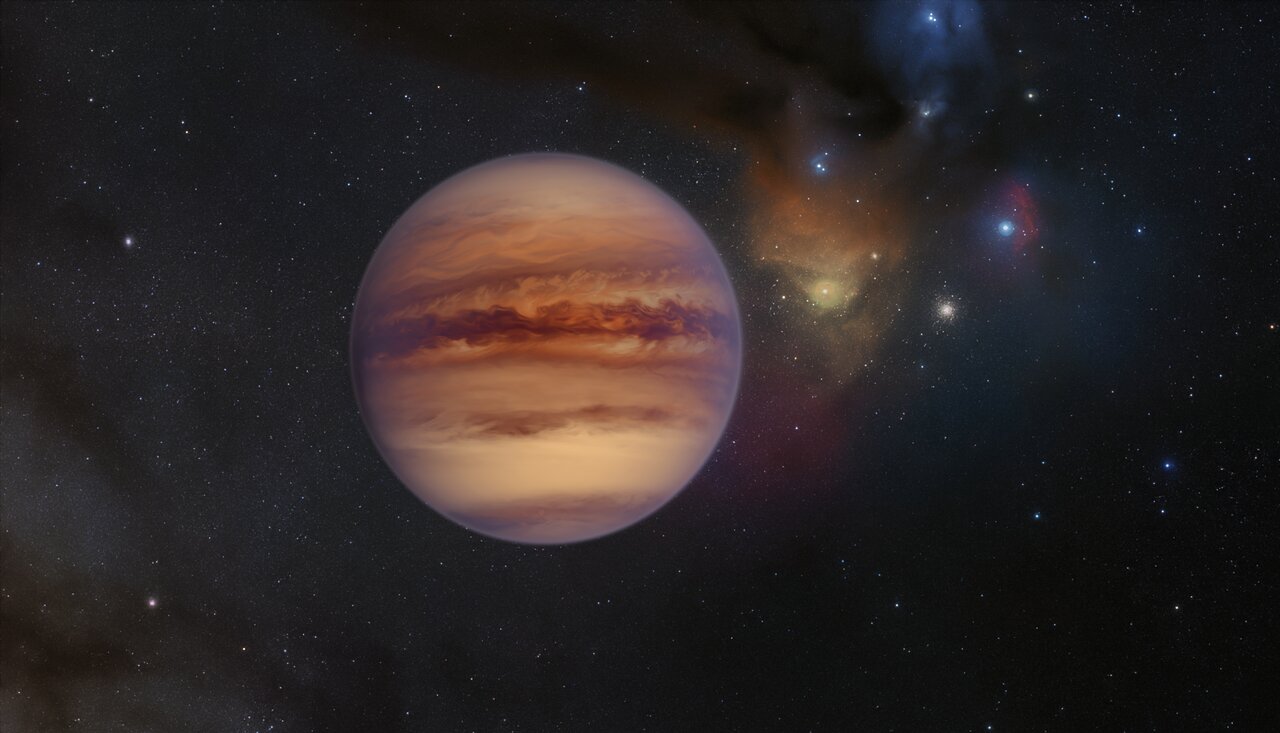The field of extrasolar planet studies continues to reveal some truly amazing things about our Universe. After decades of having just a handful of exoplanets available for study, astronomers are now working with a total of 4,884 confirmed exoplanets and another 8,288 awaiting confirmation. This number is expected to increase exponentially in the coming years as next-generation missions like the James Webb Space Telescope (JWST), Euclid, PLATO, and the Nancy Grace Roman Space Telescope (RST) reveal tens of thousands more.
In addition to learning a great deal about the types of exoplanets that are out there and what kind of stars are known to give rise to them, astronomers have also made another startling discovery. There is no shortage of exoplanets in our galaxy that don’t have a parent star. Using telescopes from around the world, a team of astronomers recently discovered 70 additional free-floating planets (FFPs), the largest sample of “Rogue Planets” discovered to date, and nearly doubling the number of FFPs available for study.
Continue reading “Astronomers Find 70 Planets Without Stars Floating Free in the Milky Way”






